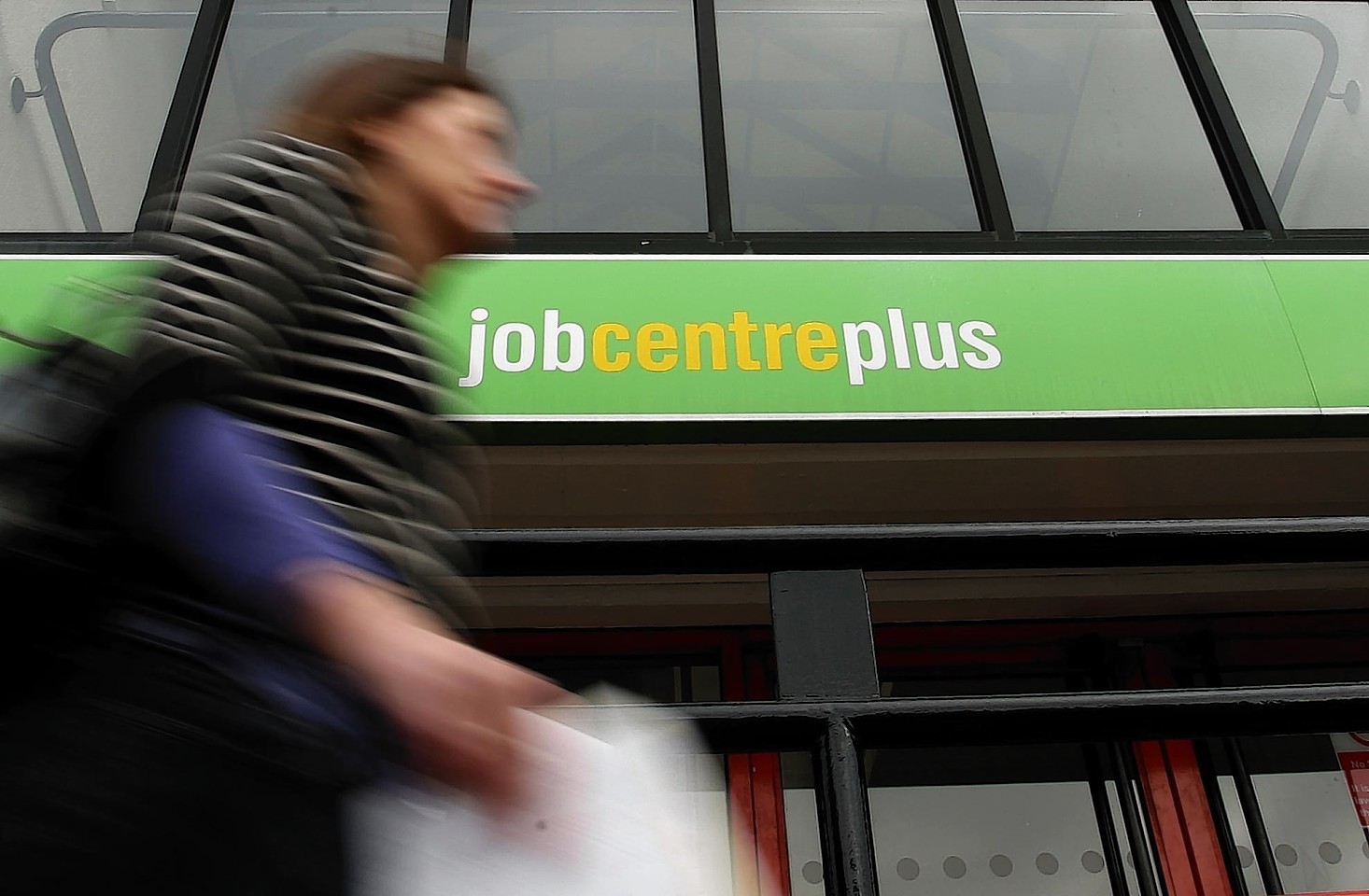Scotland’s economy has grown past its pre-recession peak to a new record level, official figures show.
The latest data for gross domestic product (GDP) – a measure of economic output – from the Office for National Statistics reveal a 1% improvement north of the border during the first three months of the year.
It means Scotland outpaced the rest of Britain in the economic recovery.
Recent figures for the whole UK showed an 0.8% GDP rise in the first three months of this year.
GDP in Scotland was 0.4% above its pre-recession level, while the UK rate for quarter one was 0.6% below.
The latest figures also show annual growth of 2.6% north of the border, the fastest pace in more than three years.
Finance Secretary John Swinney said: “Scotland’s economy continues to go from strength to strength.
“Nearly six years on from the start of the financial crisis, our economy is now larger than before the downturn.
“Output in Scotland is at record levels and we have exceeded our pre-recession peak at least one quarter ahead of the UK.”
The GDP data coincides with news that employment in Scotland has reached a record level despite a recent increase in the jobless total.
Seasonally adjusted figures covering the period March-May 2014 show Scottish employment increased by 76,000, compared with a year ago, to a record 2.59million.
Unemployment, including people out of work and not eligible for benefits, fell by 13,000 to 192,000.
But Scotland’s current unemployment rate of 6.9% is higher than the UK figure of 6.5%.
Comparing the latest quarter with the previous three months, Scottish employment and unemployment rose by 12,000 and 13,000 respectively.
Scottish Secretary Alistair Carmichael said: “We have seen positive developments over the year as a whole, with 76,000 more Scots in employment and 13, 000 fewer in unemployment.
“The number of economically active people in Scotland is rising and the number of Scots claiming unemployment has now fallen for 20 consecutive months.”
But trades union body the STUC said the recent increase in joblessness north of the border left the total “stubbornly high”.
STUC general-secretary Grahame Smith added: “The recovery may be increasingly embedded but the majority of Scotland’s workers are not feeling the benefits”.
Stripping out seasonal adjustments, raw figures show a total of 97,075 people out of work in Scotland – 2% of the working-age population.
Westminster hailed the latest UK quarterly job figures an “important milestone” after they showed record employment and another huge fall in the numbers out of work.
More than 30million people in the UK are in a job, an increase of nearly 1million over the past year and the highest total since records began in 1971, while unemployment has fallen by 121,000 to 2.12million, the lowest since the end of 2009.
Meanwhile, new survey findings from the Scottish Chambers of Commerce (SCC) show most industrial sectors are enjoying continued growth despite concerns about skills shortages potentially holding back the economic recovery.
SCC chief executive Liz Cameron said: “Continued failure to address these issues will block the ability of business to continue on this (growth) path.”
